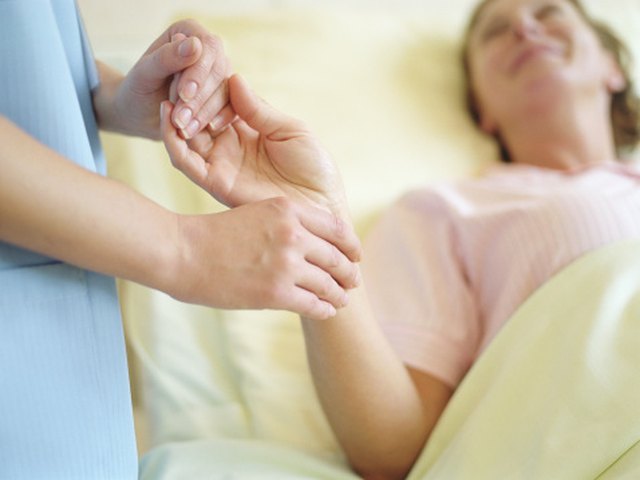

The ECG measures the electrical signals that are controlling your heart’s rhythm. Recognized risk factors of bradycardia include: ( 4)īradycardia is diagnosed through a combination of physical examinations, health history, and tests including an electrocardiogram (ECG). Damage of the heart tissue due to aging.Atrioventricular block (first, second or third degree).Symptoms associated with the underlying causeĬertain underlying health conditions can cause bradycardia.When your organs aren’t receiving enough oxygen, the following symptoms are possible: (1, 2) There are several types of tachycardia including atrial fibrillation, SVT and others and if you are experiencing an abnormally slow or an abnormally fast heart rate, call 911.

Tachycardia is a condition where the resting heart rate is faster than normal.

While bradycardia and tachycardia sound similar, they are polar opposites. Some individuals may experience sinus node problems that cause alternating bradycardia and tachycardia. This includes a slower than normal impulse, a failed impulse, an irregular impulse, or an impulse that’s blocked. Bradycardia may start here if electrical impulses that trigger the heart rate are not occurring as they should. Sinus bradycardia occurs when this condition starts in the sinus node, the natural pacemaker of the heart. Nevertheless, even people who are physically fit should have any signs of bradycardia evaluated by a physician. For these people, their bodies have adapted to a low heart rate and their body is efficiently pumping blood. However, a low heartbeat of 50 beats per minute may be normal for some elite athletes and some people who are extremely active. When you have an extremely low resting heart rate, your organs may not receive enough oxygen to operate properly. The official bradycardia definition according to Harvard Medical School is “an abnormally slow heart rate of less than 60 beats per minute.” Each time the heart beats, oxygen-rich blood is pumped through the body. If you become suddenly faint, have difficulty breathing or experience chest pains, call 911 immediately. Bradycardia treatment depends on the underlying cause of the low resting heart rate but may also include the surgical placement of a pacemaker. Several conditions can cause bradycardia, including several potentially serious conditions, such as myocarditis, sleep apnea, lupus or certain medications.

Bradycardia symptoms can range from mild to severe, particularly when your brain, liver, kidneys and other organs aren’t getting enough oxygen. Young adults and premier athletes may have a resting heart rate of less than 60 beats a minute and this is generally not considered a health concern. It can be a serious condition if your heart isn’t pumping enough blood throughout the body. At rest, an adult heart typically beats between 60 and 100 times a minute anything lower may be a sign of an underlying medical condition. This condition can also be referred to as sinus bradycardia. If your heart beats less than 60 times each minute, you have bradycardia.


 0 kommentar(er)
0 kommentar(er)
